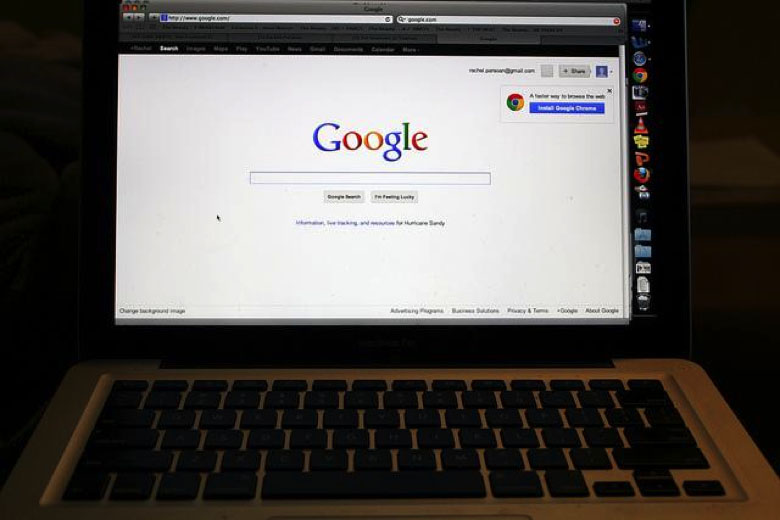The phrase “buyer beware” no longer applies in today’s modern era. Thanks to the prevalence of smartphones, online stores, and social media, customers are only seconds away from reviews and other data that tells them whether or not they should make a particular purchase.
For many customers, online shopping and mobile shopping have become the new norm. For others, they prefer to browse and read reviews online, but hit the stores in person to make their purchases. Others still will do their in-store browsing first, then turn to social media, online reviews, and other digital resources to find data that can influence their final shopping decisions.
One way or another, what all of these customers have in common is that they are all omni-channel retail shoppers.
Omni-channel retail is all about improving and diversifying the customer experience.
Omni-channel retailing means reaching your target audience through multiple channels before they make a purchase. These channels may include brick-and-mortar stores, online stores, telephone communication, live web chats, apps, and social media.
For example, 71% of shoppers who use smartphones for research while shopping in-store say that it has become an important part of their purchasing experience.
Read on to discover more compelling statistics about omni-channel retailing that your business can’t afford to ignore.
Omni-channel retail shoppers are more valuable than single-channel shoppers.
Shoppers who make purchases at a given store both in-store and online have a 30% higher lifetime value to that store than shoppers who use only one channel.
Additionally, companies with an extremely strong omni-channel retail strategy have an average customer retention rate of 89%, whereas those companies with weaker strategies retain only 33% of customers.
In other words, if you’re not using omni-channel retail strategies to attract these types of valuable customers, your business is seriously missing out.
Paid online search ads can directly impact in-store visits.
According to a study completed by Google (using their AdWords’ Store Visits metric) and PetSmart, 10–18% of all clicks on PetSmart search ads resulted in an in-store visit within 30 days. This statistic demonstrates the magic that can happen through a strong omni-channel strategy.
Studies completed by Sears Hometown and Outlet Stores have solidified this idea. By running online local inventory ads (LIAs), which show online customers not only the item they are searching for but also the store location and information where it is currently available, Sears has seen a 122% increase in in-store visits.
Omni-channel retailing can help ease customer frustrations.
Data tells us that one of the biggest frustrations for shoppers is having to repeat their issues and concerns to multiple representatives of the same store. Likewise, more than 35% of customers expect to be able to contact the same customer service representative on any channel.
Smart companies understand these customer frustrations, and are using omni-channel retailing strategies to stay ahead of the competition.
Of those companies identified by Aberdeen Group as being top-performers in omni-channel strategy, 85% conduct regular training of customer care agents in the handling of omnichannel communications, and 77% store customer contact data across multiple channels.
The opportunity cost of not being omni-channel is 10% in lost revenue.
Obviously, every retailer wants to avoid a 10% revenue loss! But what exactly does it mean to consumers for a retailer to “be omni-channel”?
Check out these telling statistics for a peek into the mind of today’s shoppers:
- 45% of shoppers in-store expect sales associates to be knowledgeable about online-only products
- 71% of shoppers agree that it is important or very important to be able to view inventory information for in-store products
- 50% of shoppers expect that they will be able to make a purchase online and pick up in-store
In simple terms, if your business isn’t providing these types of omni-channel services for your customers, you could be failing to meet customer expectations, and, in turn, losing revenue.
On the other hand, if you are providing these omni-channel services, you could be securing customer loyalty and boosting your business’s profitability for years to come.
Need help improving your in-store or online retail experience, in order to get your omni-channel retail strategy up to par? Contact us today for more information.


Recent Comments